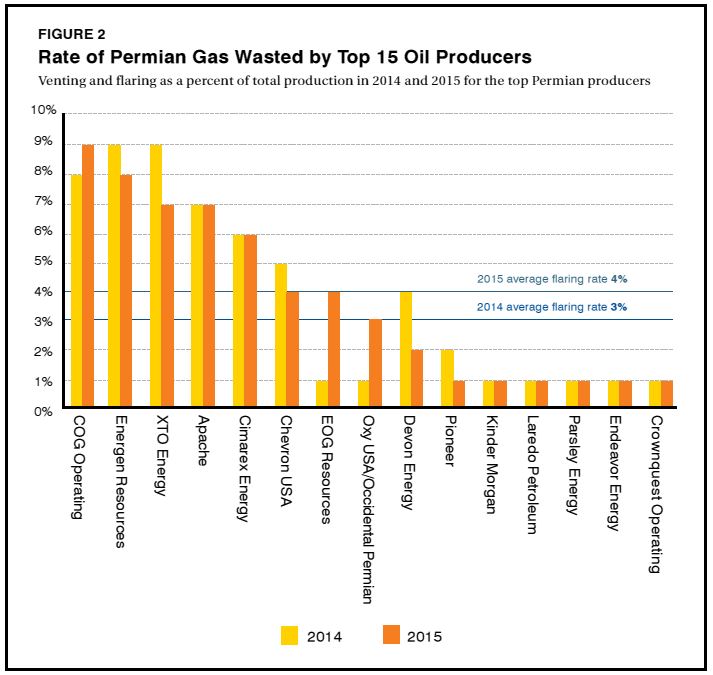Dr. Scott Tinker, the Director of the Bureau of Economic Geology, University of Texas, and the Texas’ State Geologist, produced and starred in a film a couple of years ago called Switch. It provides an overview of how we use energy in the world and the opportunities and challenges facing our future in trying to reduce our reliance on hydrocarbons. A great film. He also created a great resource for educators about the many facets of energy, found at www.switchenergyproject.com, with multiple videos explaining every facet of energy production and use, from biofuels to environmental impacts to fracking to coal.
Dr. Tinker has released a new set of educational videos at http://www.switchenergyproject.com/education/energy-lab, on topics such as How We Make and Use Energy, How Batteries Work, Unconventional Sources of Oil, Risks of Fracking, How Solar Works, and many others, all free on his website.
Now Scott is making a sequel to Switch, called Switch On, which focuses on energy poverty. Scott emailed friends:
 Oil and Gas Lawyer Blog
Oil and Gas Lawyer Blog




